🎄 Rare Christmas Books Worth Collecting
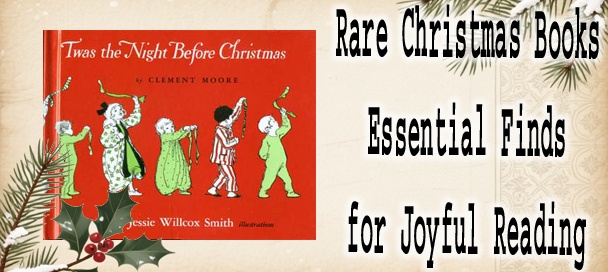
A classic Rare Christmas Book shown against a simple aged-paper backdrop.
The appeal of holiday literature has never faded, and collectors know that certain books hold a special place in the history of Christmas itself. These volumes are more than seasonal reading. They mark turning points in publishing, illustration, and storytelling. When people talk about Rare Christmas Books, they usually refer to editions that shaped the way modern readers picture the holidays.
This article examines the history, value, and appeal of Rare Christmas Books, focusing on editions that shaped holiday literature. It explains how early publishers, illustrators, and limited print runs created the scarcity that drives collector interest today. Key titles, estimated values, and notable authors are highlighted to give readers a clear understanding of what makes these books desirable. The article also explores long-term preservation and the cultural legacy tied to these seasonal works.
Many collectors begin their search without realizing how many forgotten works lie beyond Dickens and Dr. Seuss. The market continues to grow as new generations discover the pleasure of holding a century-old holiday story in its original binding. Because availability is unpredictable, the field rewards patience and attention to detail. For anyone who enjoys browsing old bookshops or estate sales, the hunt can be as satisfying as the books themselves.
Another reason collectors seek Rare Christmas Books is the sense of continuity they provide. A good edition carries the atmosphere of the era in which it was printed. Early illustrated covers, chromolithograph plates, and hand-tinted artwork help bring long-gone publishing traditions back into the present. Even modest copies offer a glimpse of the craft that defined the early holiday book trade.
The value of Rare Christmas Books does not rest on age alone. Some editions survive in large numbers, while others appeared briefly before disappearing into private collections. The most interesting volumes tend to be those produced in small print runs or created by publishers experimenting with new formats. As the season approaches, demand rises again and collectors return to their shelves to decide what might be worth upgrading, preserving, or selling.
📜 Early History of Christmas Book Publishing
The holiday book market began to develop during the nineteenth century, when publishers discovered that families wanted attractive volumes to read aloud during the season. Bindings grew more decorative, and illustrators found steady work creating images of Saint Nicholas, winter streets, decorated parlors, and children holding gifts. For buyers today, this period holds the greatest number of Rare Christmas Books, since early editions were printed in smaller quantities and often used paper that aged quickly.
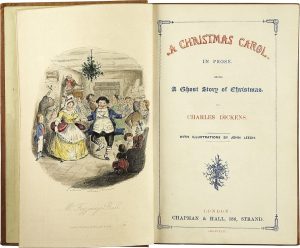
A Christmas Carol original 1843 title page with classic red and blue lettering.
Charles Dickens changed everything in 1843 with the publication of A Christmas Carol. The success of that novella encouraged other writers to attempt holiday stories of their own. Following Dickens, publishers produced a flood of seasonal titles, many printed with hand-colored illustrations that now command high prices. Collectors often look for copies with bright plates, intact spines, and original endpapers.
During the Victorian era, families exchanged books as part of their holiday celebrations, and dozens of small firms experimented with elaborate gift editions. These short-run releases contribute to today’s supply of Rare Christmas Books, especially when they include original art, gilt edges, or decorated cloth bindings. The survival rate is low because these books were handled by children and often stored in unprotected conditions.
As literacy rates increased, publishers saw an opportunity to reach younger readers directly. They issued inexpensive pamphlets, short tales, and illustrated chapbooks. While these were meant to be enjoyed rather than preserved, surviving copies have become valuable examples of the early children’s book trade and are now counted among the more unusual Rare Christmas Books.
Discover more Collectible Information Here
Some nineteenth-century Christmas chapbooks were sold for only a penny, making them among the most affordable holiday gifts of their time.
📚 Notable Authors and Classic Editions
Several authors helped define what we now think of as holiday reading. The best-known example is Dickens, whose early printings of A Christmas Carol remain central to the field of Rare Christmas Books collecting. First editions with the red and blue title page, unbroken hinges, and bright illustrations sell for remarkable sums.
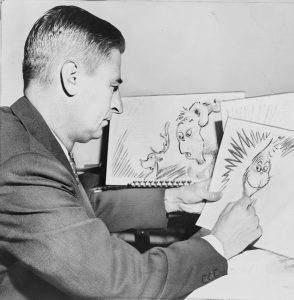
Dr. Seuss drawing the Grinch during the creation of How the Grinch Stole Christmas! in 1957.
Dr. Seuss added a twentieth-century classic with How the Grinch Stole Christmas in 1957. First printings with the correct jacket price and listing points have become highly desirable. Collectors appreciate the lively illustrations and the way the book influenced later animated versions.
Another important title is Rudolph the Red-Nosed Reindeer, originally printed in 1939 as a Montgomery Ward booklet. Because it was produced cheaply and given away, intact copies are scarce. This scarcity places it firmly in the category of Rare Christmas Books, with clean originals bringing high prices at auction.
The earliest English translations of E.T.A. Hoffmann’s The Nutcracker and the Mouse King also attract collectors, especially editions printed before Tchaikovsky’s ballet made the story world-famous. Early Beatrix Potter fans search for her privately printed Tailor of Gloucester, a slim Christmas tale produced before the commercial edition.
Rumer Godden’s The Story of Holly and Ivy, illustrated by Adrienne Adams, remains a favorite among mid-century collectors. While more affordable than Victorian pieces, it shows how modern artists treated the season with warmth and clarity. Each of these titles has earned its place among widely recognized Rare Christmas Books, and their values continue to rise as collectors refine their focus.
Some Montgomery Ward Rudolph booklets were later trimmed by owners to fit into scrapbooks, reducing the number of complete surviving copies.
🔖 Collectability Factors
Several traits determine the desirability of Rare Christmas Books. Condition always matters. A volume with torn pages, missing plates, or fading may still hold interest, but top collectors look for crisp bindings and vivid illustrations. Dust jackets, when present, influence price more than any other single factor.
Scarcity is the next major point. Books printed as giveaways, pamphlets, or small-run holiday offerings often survive in very small numbers. These become more appealing than mass-market bestsellers. The presence of original artwork, decorative gilt, or hand-tinted plates raises value even further.
Another element is historical significance. Books that influenced film, theatre, or illustration styles often gain recognition over time. A good example is the continued interest in Hoffmann’s Nutcracker or the early panorama editions of Clement C. Moore’s poem. Collectors understand that these works helped shape the cultural vocabulary of Christmas.
Signed copies add another dimension. Authors rarely signed children’s holiday books during the nineteenth century, making authentic signatures desirable. Provenance, such as a book once owned by a notable figure, also increases market appeal. When all these elements combine, the result is exactly what buyers mean when they talk about Rare Christmas Books that deserve attention.
- A Christmas Carol (1843 first edition) $20,000–$35,000 depending on condition
- Dr. Seuss’s How the Grinch Stole Christmas (1957) $1,200–$3,500 for a true first with correct jacket
- The Night Before Christmas illustrated editions from the mid-1800s $4,000–$8,000 for early Carey & Hart or McLoughlin Bros. printings
- Montgomery Ward’s 1939 Rudolph booklet $2,000–$6,000 depending on completeness and color quality
- Early English translations of The Nutcracker $1,000–$4,000 for pre-1900 editions
- Privately printed Tailor of Gloucester (1903) $25,000–$50,000 for Potter’s original self-published run
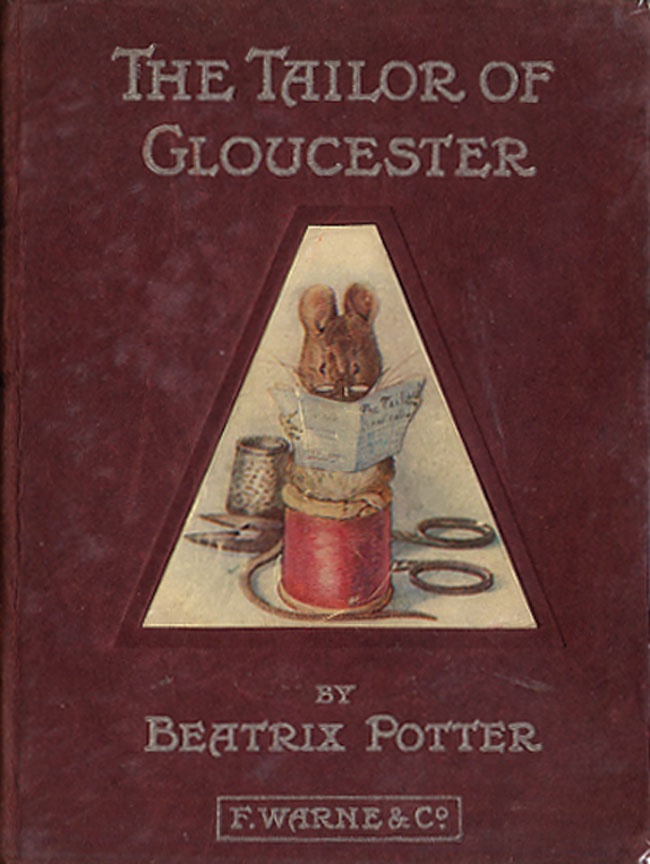
Cover of the 1903 privately printed first edition of The Tailor of Gloucester.
Each of these items illustrates how strongly the market responds to recognizable works. They help collectors judge the merits of other Rare Christmas Books they may encounter, especially when considering purchases at estate sales or used book fairs.
Collectors often rely on specialized dealers, auction houses, and annual catalogues to track values. Prices shift depending on seasonal demand, and many buyers prefer to acquire Rare Christmas Books during the off-season, when competition is lower. The best advice is to learn printing points, compare bindings, and examine plates with care. Knowledge matters more than speed when collecting transitional editions.
🏅 Legacy and Modern Interest
Despite changes in technology, the market for Rare Christmas Books continues to thrive. Families appreciate these volumes for their charm and history, while scholars value them for the insight they bring to earlier printing methods. Museums often display illustrated holiday books to show how Christmas imagery developed between the Victorian and mid-century periods.
Modern collectors also enjoy the sense of connection these books create. Holding a well-preserved first edition of a classic story links present-day readers to those who experienced the book when it first appeared. That connection explains why Rare Christmas Books retain their appeal. They are not simply collectibles. They are part of the season’s cultural memory.
As holiday traditions evolve, interest in preserving these volumes grows. Reprints keep the stories alive, but originals carry the real weight of history. Anyone who loves old books can appreciate the care that early printers invested in bindings, paper quality, and illustration. Each surviving copy stands as a quiet reminder of how families once celebrated the season. The market may change, but the value of Rare Christmas Books remains steady because their charm is timeless.
📚 Little Christmas Carol – Illustrated Woodland Edition
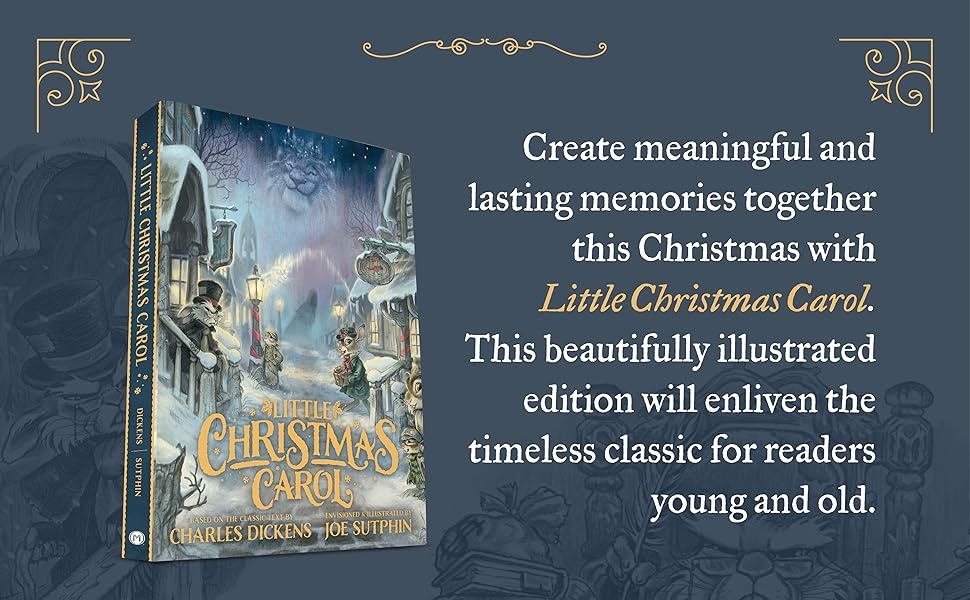
Little Christmas Carol – Charles Dickens’ classic reimagined with charming woodland characters and enchanting full-color illustrations by Joe Sutphin.
Perfect Holiday Reading: A beautifully illustrated retelling that brings Dickens’ timeless story to life through a magical woodland world families will adore.
Family Tradition Ready: Ideal for reading aloud together, creating warm Christmas memories, and enjoying the spirit of the season.
Enchanting Artwork: Joe Sutphin’s delightful illustrations transform Scrooge, the ghosts, and the entire story into a whimsical forest adventure.
Why It’s Special: A tale of compassion, reflection, hope, and joyful change—perfect for young readers and nostalgic adults alike.
Further Reading & Resources
📖 10 of the Most Valuable Christmas Books (and Why They’re Worth So Much) Mental Floss
🔍 Five Rare Books for Collectors: Christmas Fine Books Magazine
📚 Rare Gift Books: Special Collections Spotlight Brandeis University
🛒 Rare & Collectible Christmas Books Biblio Rare Book Room
📘 A Collector’s Guide to The Night Before Christmas Bookstellyouwhy Blog

ML Lamp is the owner of Kilroy Was Here. After his 20 years of working in Las Vegas in the entertainment promotions field, Mr. Lamp retired in 2002 from his job to pursue his passion for collectibles. Now as a guest speaker and author he’s living the dream, and sharing his warmth with You.





